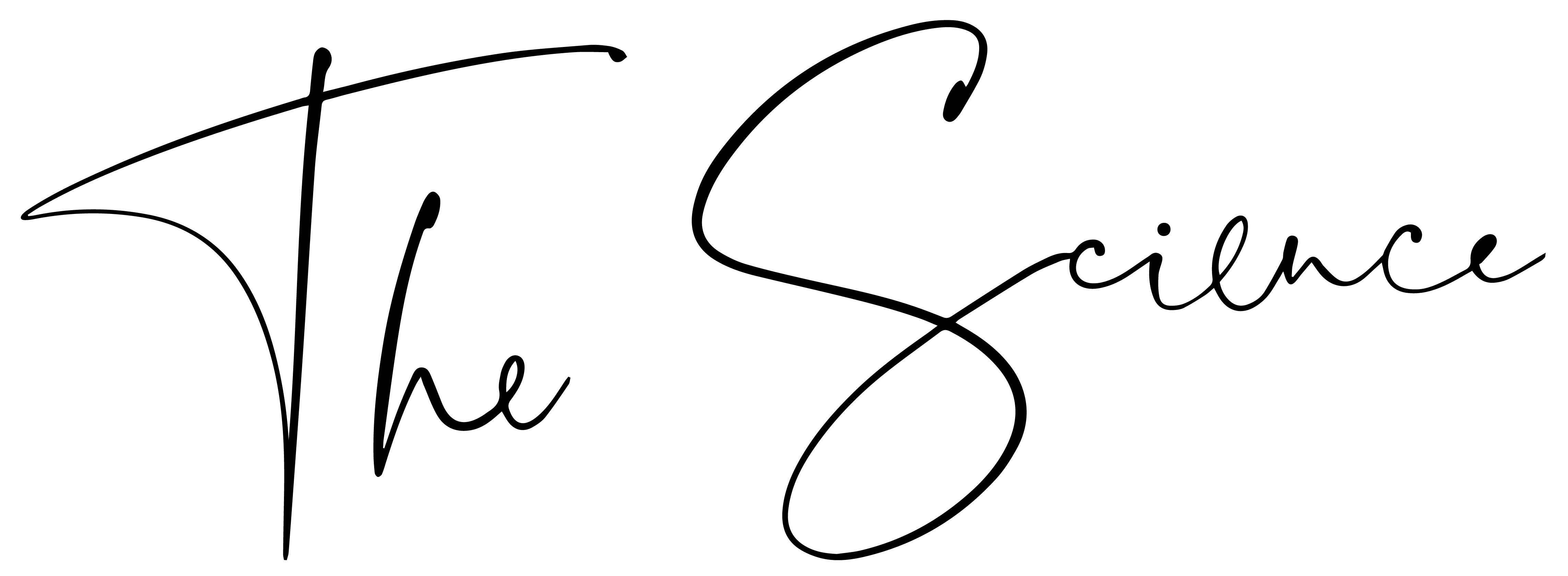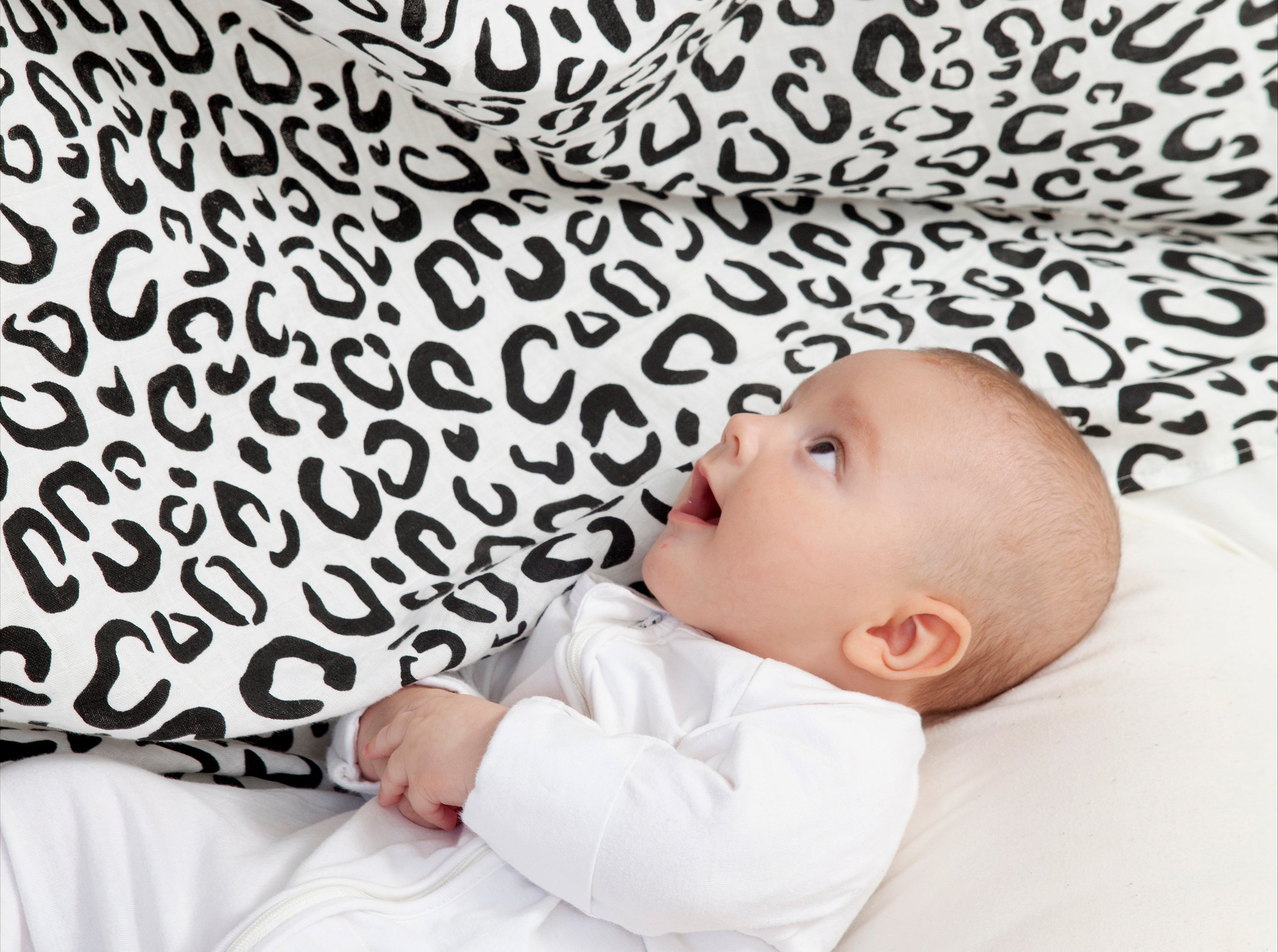
Our fashion-forward sensory clothing collection is influenced solely by the science of sight in order to support young children's visual and cognitive development.

Between the ages of 0-3 years, a baby's brain produces more than a million neural connections each second. Science has demonstrated that you can actually improve your little one's brain function and encourage mental development by surrounding them with strong visual stimuli.
In other words, babies are better at learning new things if they have been exposed to visual stimulation from an early age due to being able to make more neural connections.
The patterns of our clothes and accessories draw on this science in order to trigger these connections by age and stage and support your infant's ongoing cognitive, social and physical development.
“Strong age-appropriate visual signals result in greater brain growth and faster visual development. This in turn has the effect of boosting a child’s attention span and inquisitiveness, whilst simultaneously improving memory and neural development.”
– Dr. Rachel Smith, GP and Mother
Colour Their World
Wilde Iris’ clothing collection – or wonder-wear, as we like to call it – is scientifically designed to support young children’s visual and cognitive development. Our progressive designs mirror the developmental stages of sight, with the shapes, scale and colours of our patterns advancing in line with the age and stage of the child. Starting with black and white for newborns and progressing all the way through to technicolour for toddlers, we have put infant vision front and centre in a collection designed to fixate and fascinate the smallest eyes (whilst simultaneously appealing to style conscious parents).








